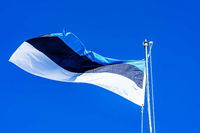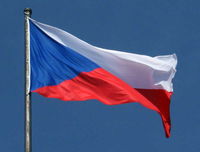
Blowin' In The Wind Trivia Quiz
Flags of the European Union
These flags, which are blowing in the wind, belong to countries which have been members of the EU. Can you match the pictures of the flags with the name of the European country they represent?
by Lottie1001.
Estimated time: 3 mins.











